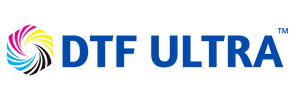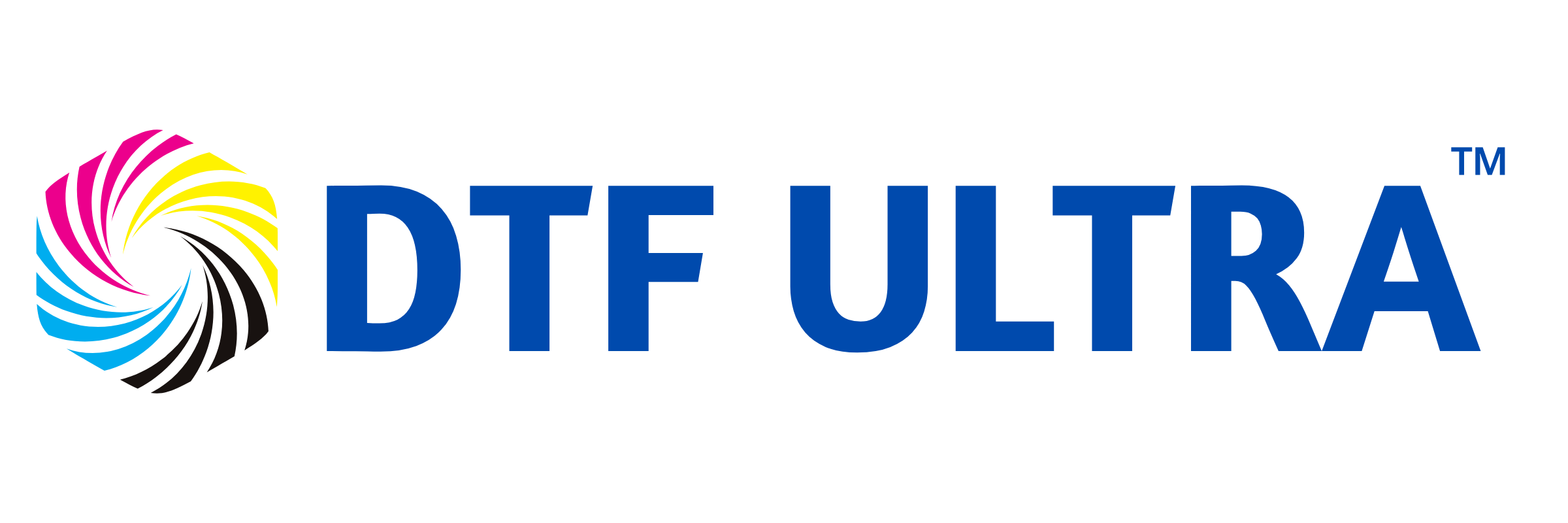Over the past century, the printing industry has seen rapid advancements, enabling individuals to establish small, customized merchandise businesses from the comfort of their homes. One technology that has become particularly popular among these startups is ultraviolet (UV) light. In this guide, we will go over what a UV printing machine is and explore its pros and cons.
Keep reading until the end, as we will answer some of the most asked questions about UV printers. Let's get started!
Understanding UV Printing
UV printing uses ultraviolet light to cure ink as soon as it's applied to a surface. Unlike DTF or DTG printers, the UV printing process is unique. It involves distributing UV ink onto the substrate before using specialized ultraviolet light to dry the print. This ensures proper adhesion to the material.
Origins of UV Printing
The nail industry gave rise to UV printing technology. As many women jumped onto the gel painting trend across the world, they started to face a problem. The applied nail polish took a long time to cure, which adversely impacted the entire experience.
Manufacturers quickly saw the benefits of UV lights during the drying process and started manufacturing devices that would use this technology to dry the gel polish. It was a massive hit.
Soon, UV light applications expanded across many different industries due to its numerous benefits. Its quick adoption led to the foundation of UV printing machines.
What Is a UV Printer?
UV printers use advanced technology to create vibrant, high-resolution designs on various materials, including glass, plastic, crystal, carton, wood, metal, acrylic, stone, and leather, among many others.
Unlike expensive and outdated screen printing, these printing machines produce quick results. They are a popular choice for creating customized flatbed products, including phone cases, metal and wooden plaques, ceramic tiles, belts, wallets, and many more.
What Are the Key Advantages of Using UV Printers?
There are two key advantages of using a UV printing machine, and these are as follows:
Simple to Use
UV printers are simple to use. Simply create a design, place the material inside the equipment, and send a print command.
There are no additional steps or curing processes like those involved with DTF printers.
Great Print Quality
Since UV printers print designs directly onto an object like DTG printers, they offer better print quality than other forms of printing. The accurate color reproduction and finer details make this equipment an excellent option for printing businesses.
What Are the Drawbacks of Using UV Printers?
UV printing machines suffer from the same problems as DTG printers. They have a height restriction, which prevents them from transferring designs onto various materials that do not fit within the equipment's print size dimensions. The A4 L805 UV, for example, cannot print onto a flatbed product that exceeds 150mm in thickness.
Due to the height restrictions, UV printing machines are less versatile than other options on the market. If you're looking for something similar to DTF technology without compromising the range of materials you can print on, you may want to consider UV DTF printers.
Elevate Your Business with DTF ULTRA UV Printing Machines
DTF ULTRA is one of the leading providers of high-quality printing solutions at competitive prices.
When it comes to UV printers, we have many different options to choose from, including the affordable A5 L800 and the bigger A3 L805. While the latter is slightly more expensive, it has a larger print size, making it more versatile than its smaller counterpart.
However, if you're looking for UV DTF printers, you may want to consider any one of the following options:
FAQs on UV Printing Machines
- Is a UV Printing Machine the Same as a UV DTF Printer?
While UV printing machines and UV DTF printers sound similar, they work in different ways. The former directly prints high-resolution images onto a wide range of materials, while the latter requires users to transfer designs onto a sticker, which they can then apply to the object.
The key difference between these two printing technologies is that UV DTF is more versatile. There is no height limit, which lets you create stickers for uneven surfaces or irregular shapes. This is not possible with a UV printing machine, as you must place the material inside the printer.
- How Is UV Printing Technology Different from Others?
UV printers can print on various materials, unlike DTF or DTG, which are only great for fabric and garments. This broadens the printing machine’s applications, as you can print gorgeous designs directly onto flat products, such as phone cases, ceramic tiles, metal and wooden plaques and many more.
When a UV printer prints onto a material, it uses ultraviolet rays to dry the ink, ensuring proper adhesion.
On the other hand, DTF printing machines transfer designs onto a PET film, which you must then heat press onto the fabric of your choice.
- Is a UV Printer the Same as an Inkjet Printing Machine?
While ordinary inkjet printers are a valuable addition to the printing and advertising industry, they cannot print designs onto glass, metal, and many other materials. This limits their applications.
In addition, inkjet printers have a Mercury Lamp nozzle, and the printed material may take some time to dry. These issues have been effectively addressed by UV printing devices.
UV printers use light curing technology to dry the ink. They operate at higher speeds and with greater precision, and their superior nozzles can deliver prints that are resistant to corrosion and friction.
Final Thoughts on UV Printing Machines
If you're running a customized merchandise store, a UV printer may be a great addition, enabling you to print fantastic designs on glass, leather, metal, and other materials. They're slightly more expensive than DTF printing devices but offer numerous applications.
However, it's important to remember that UV printers have a height limit and are not recommended for transferring designs onto fabrics or garments. For more versatility, check out UV DTF printing devices.


